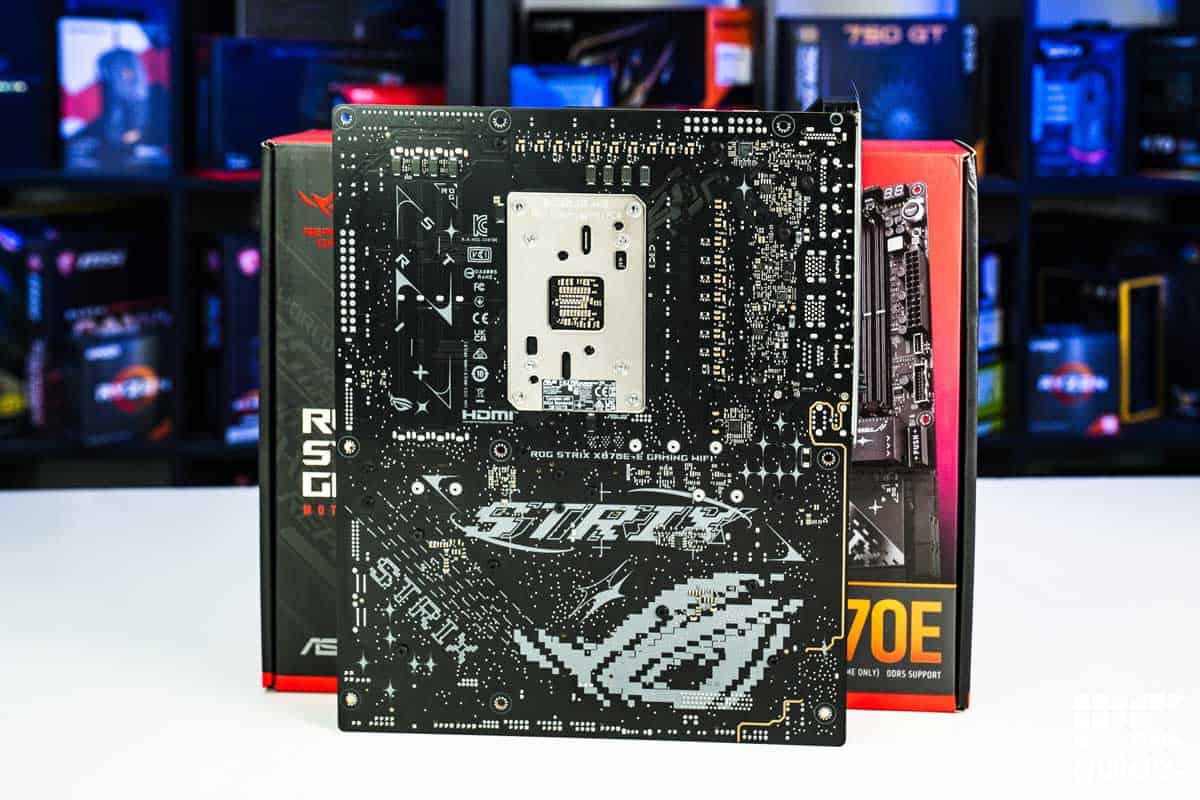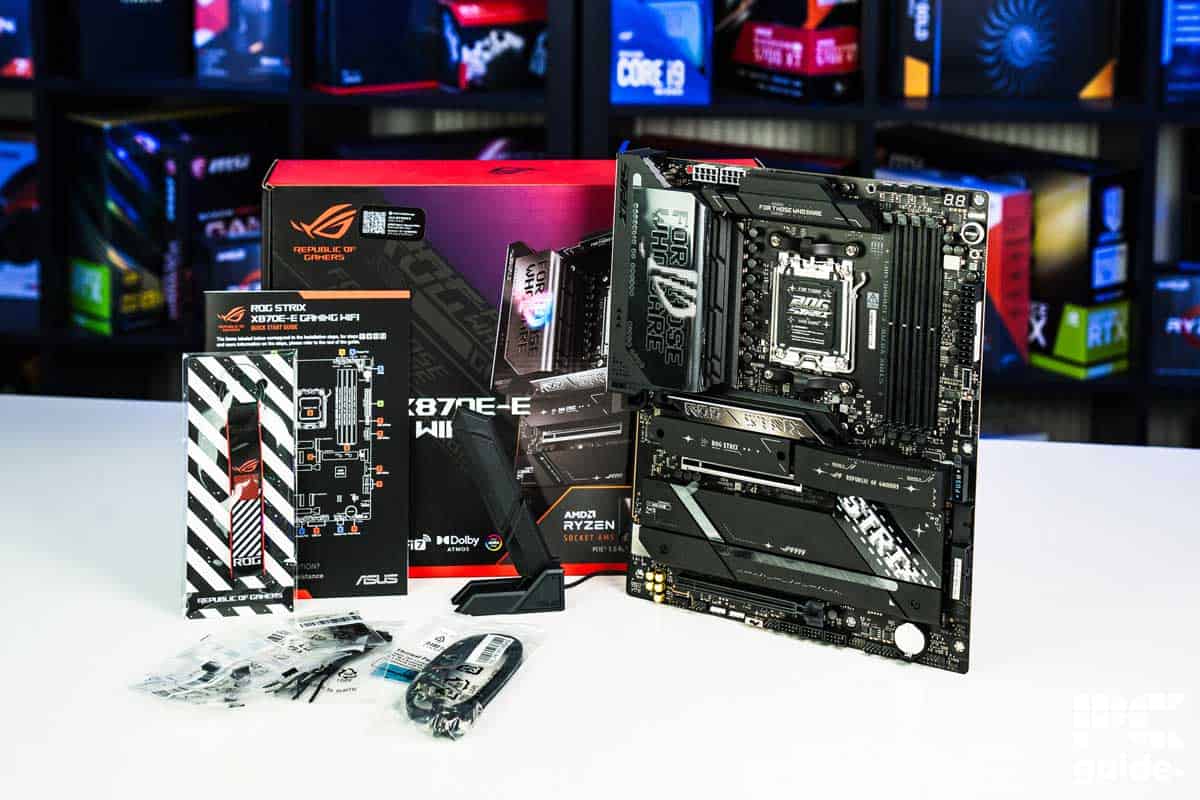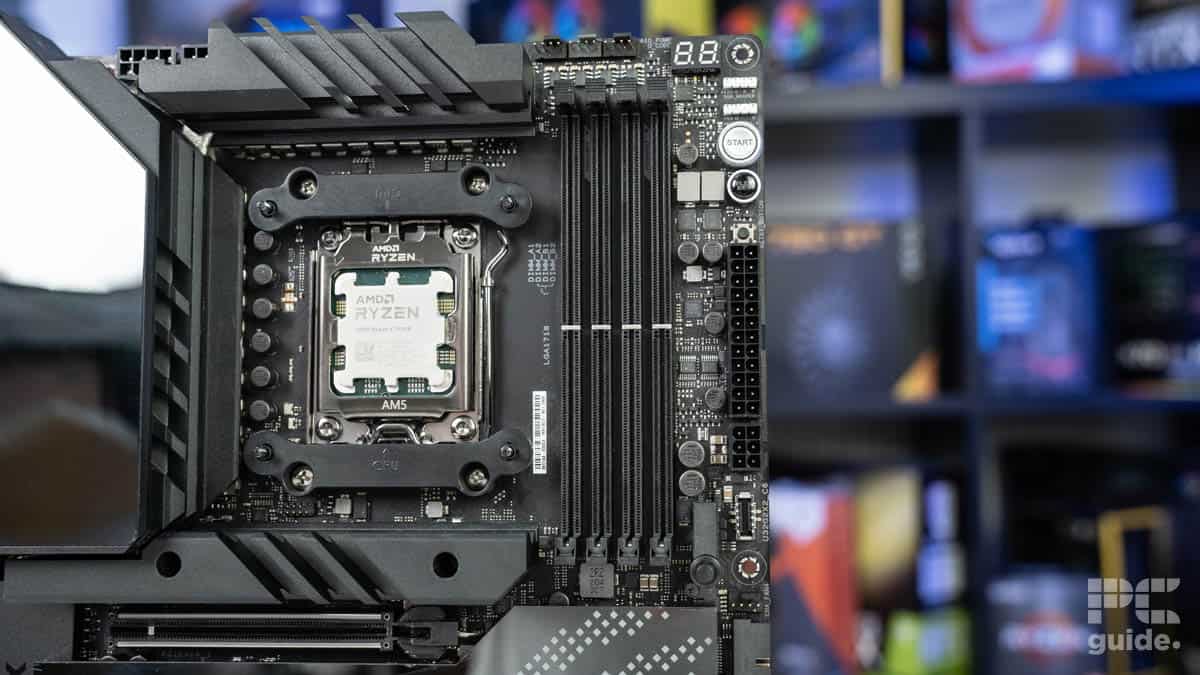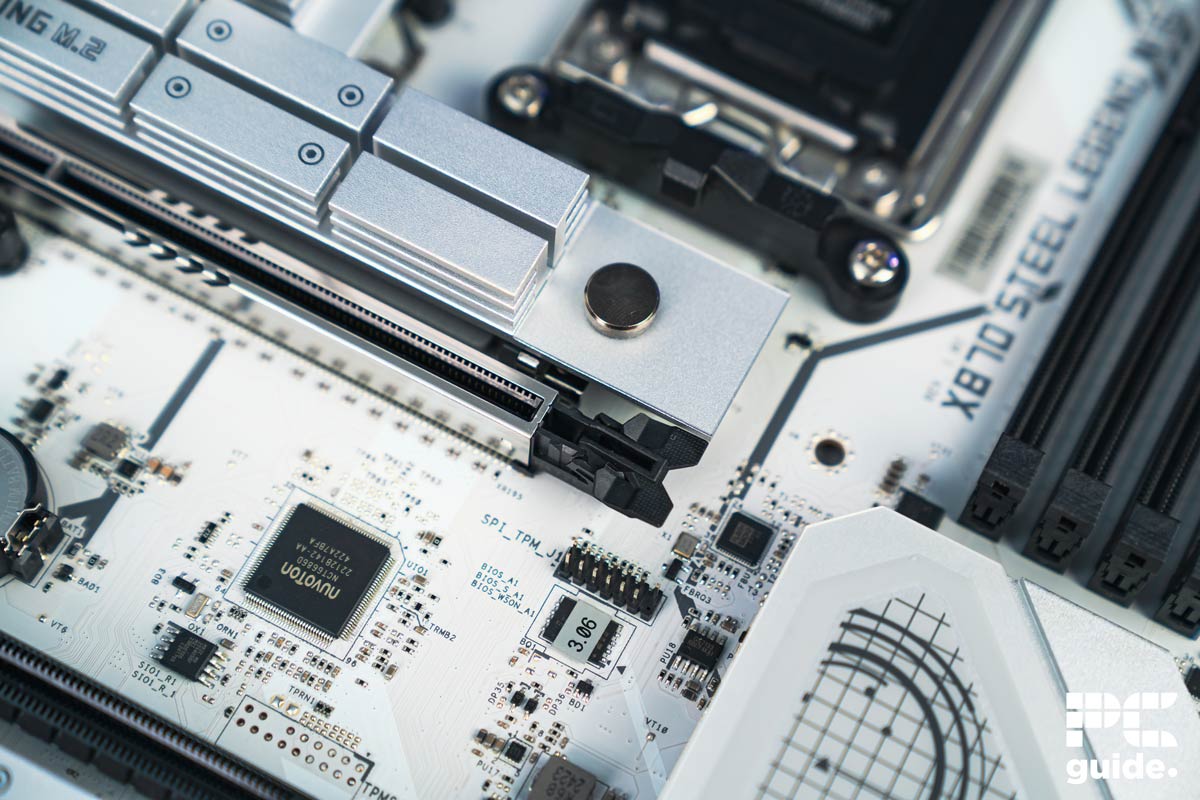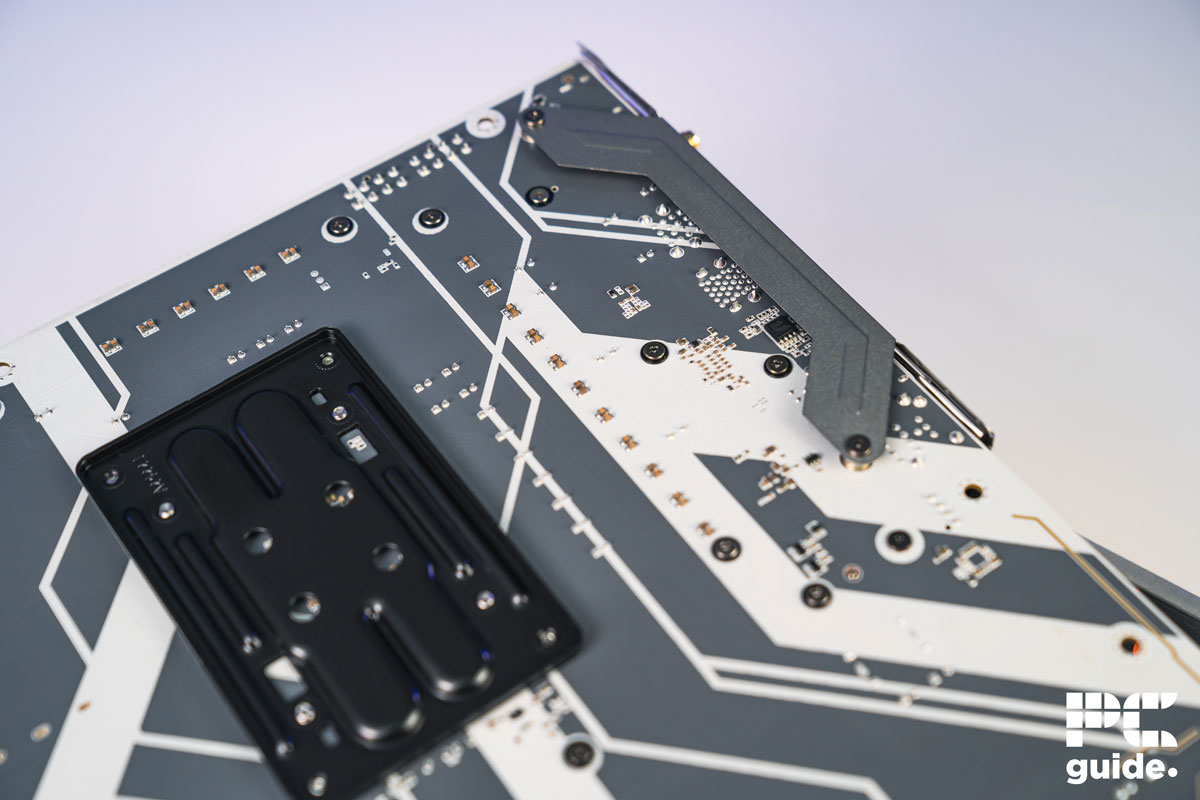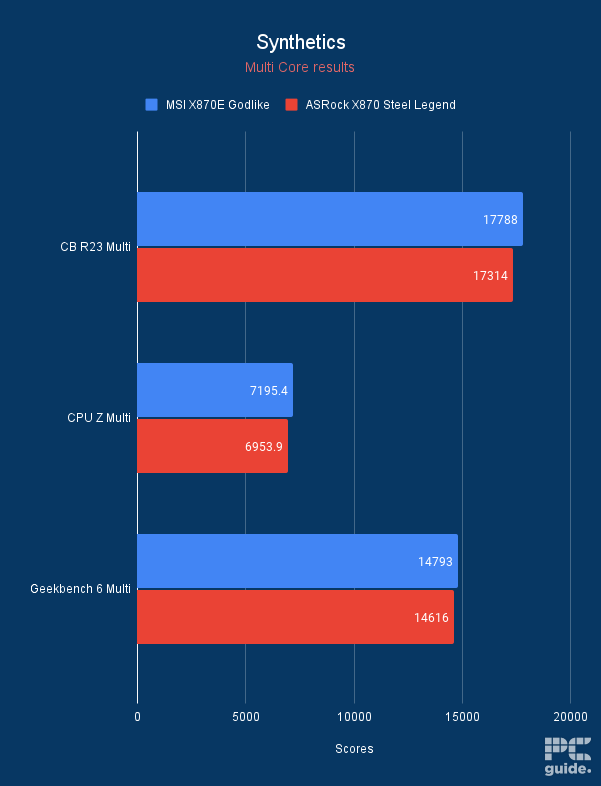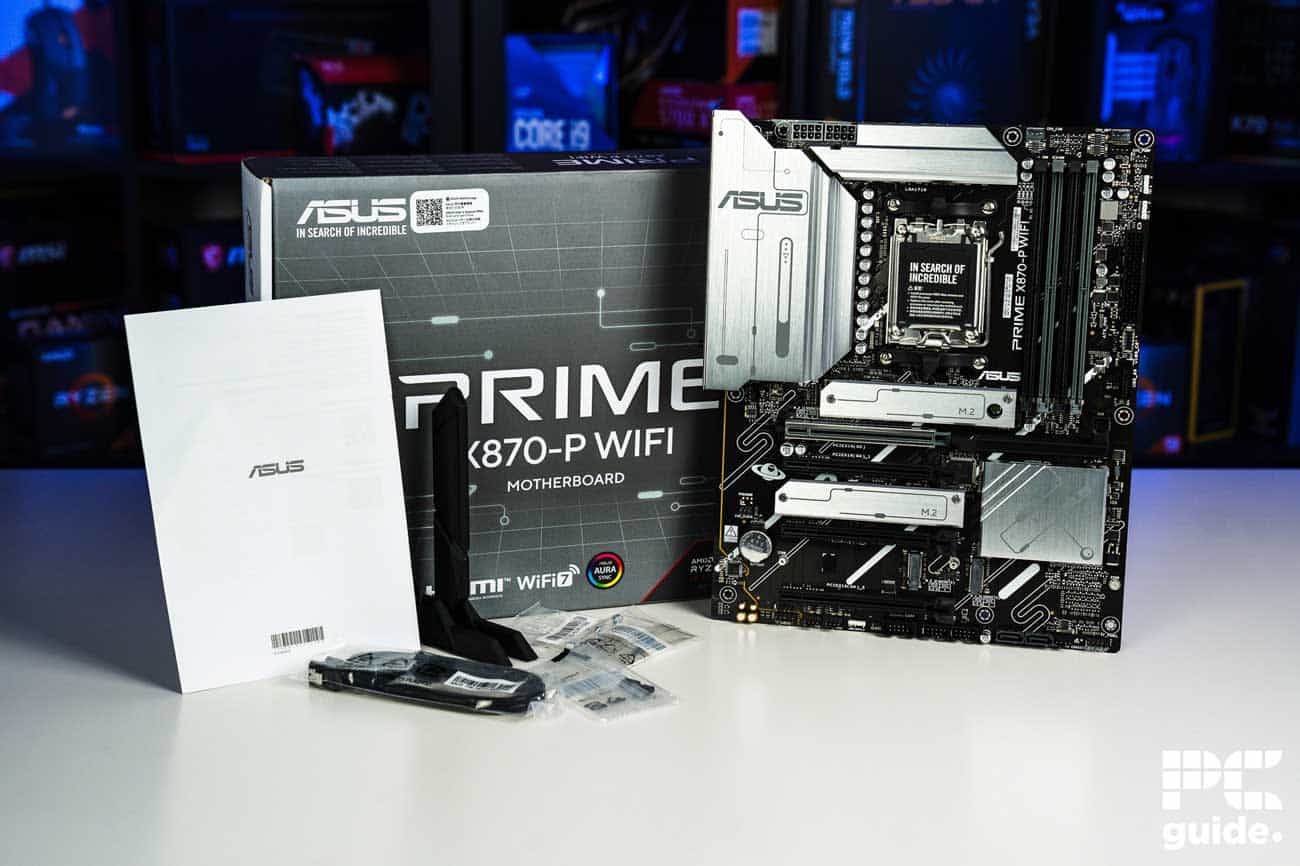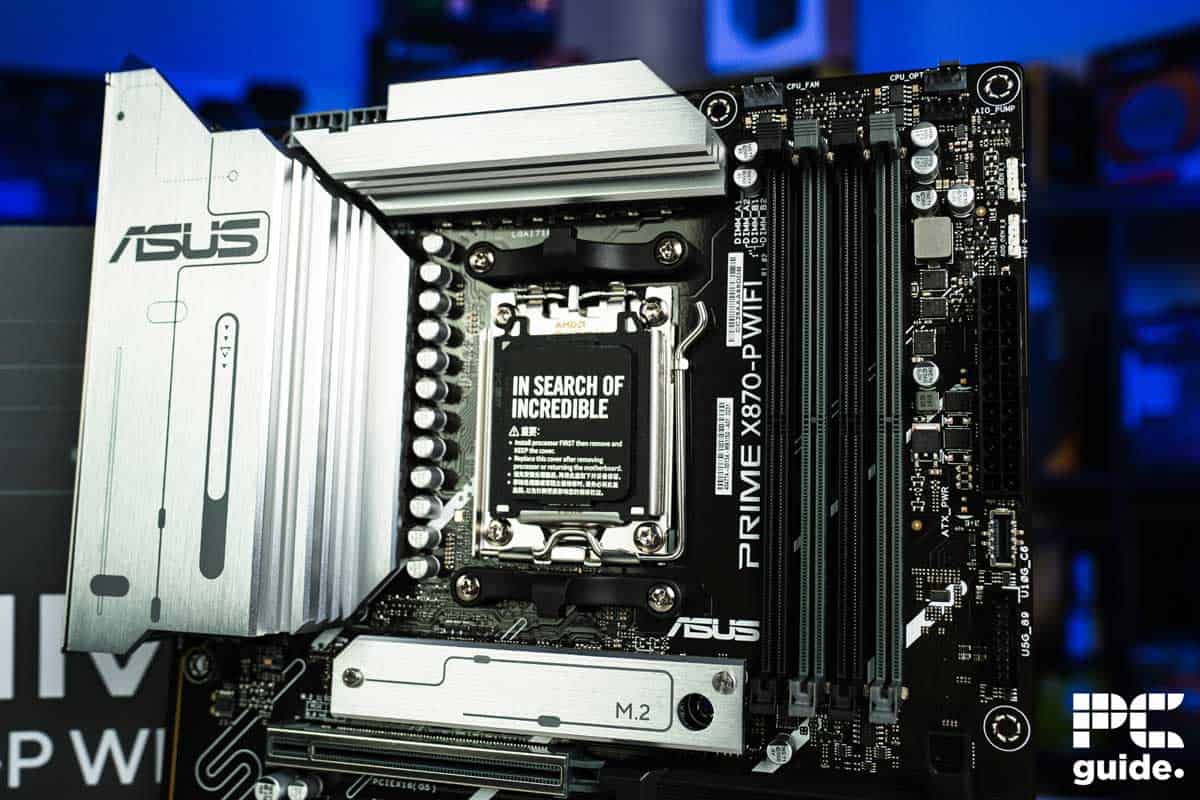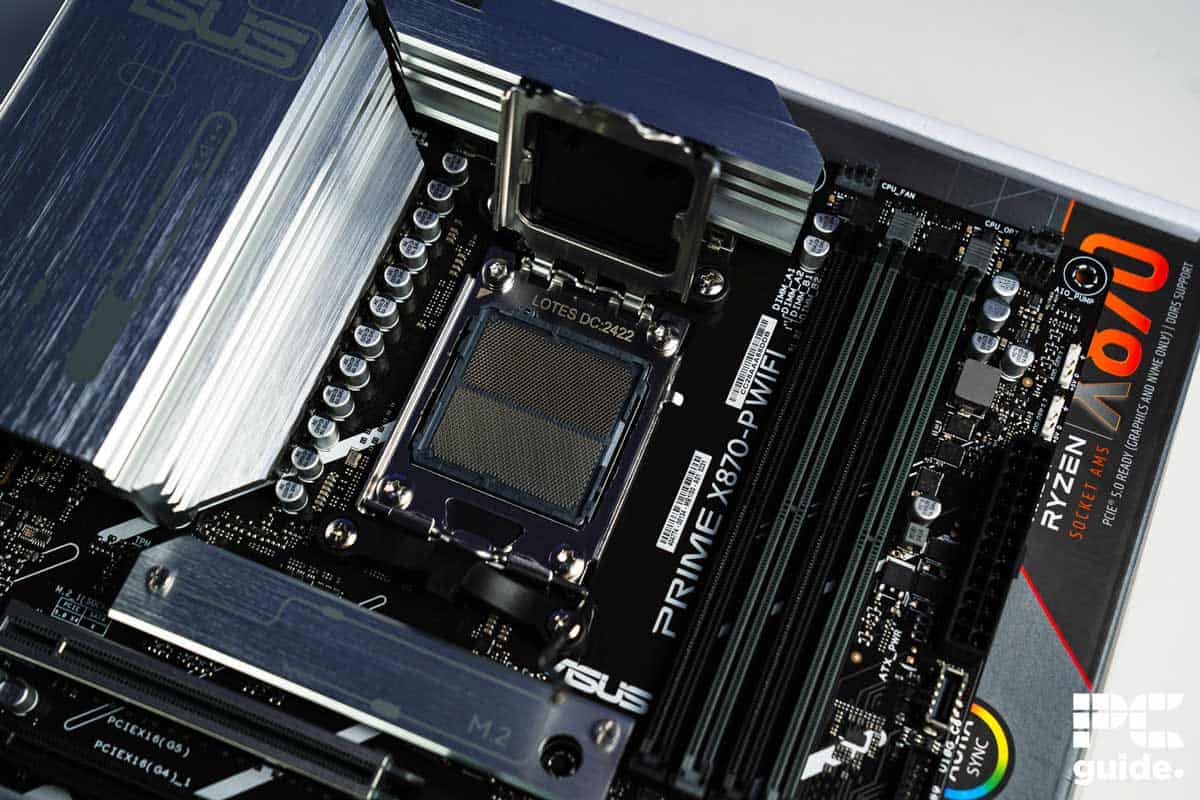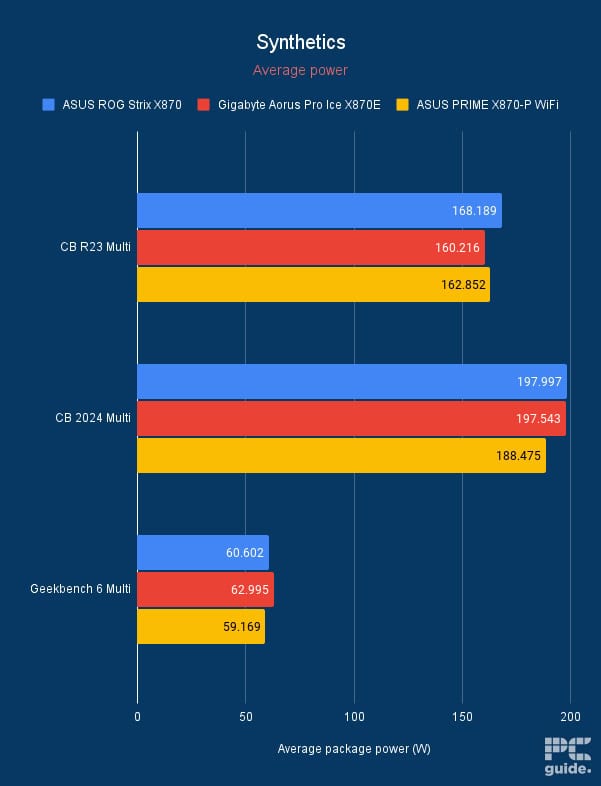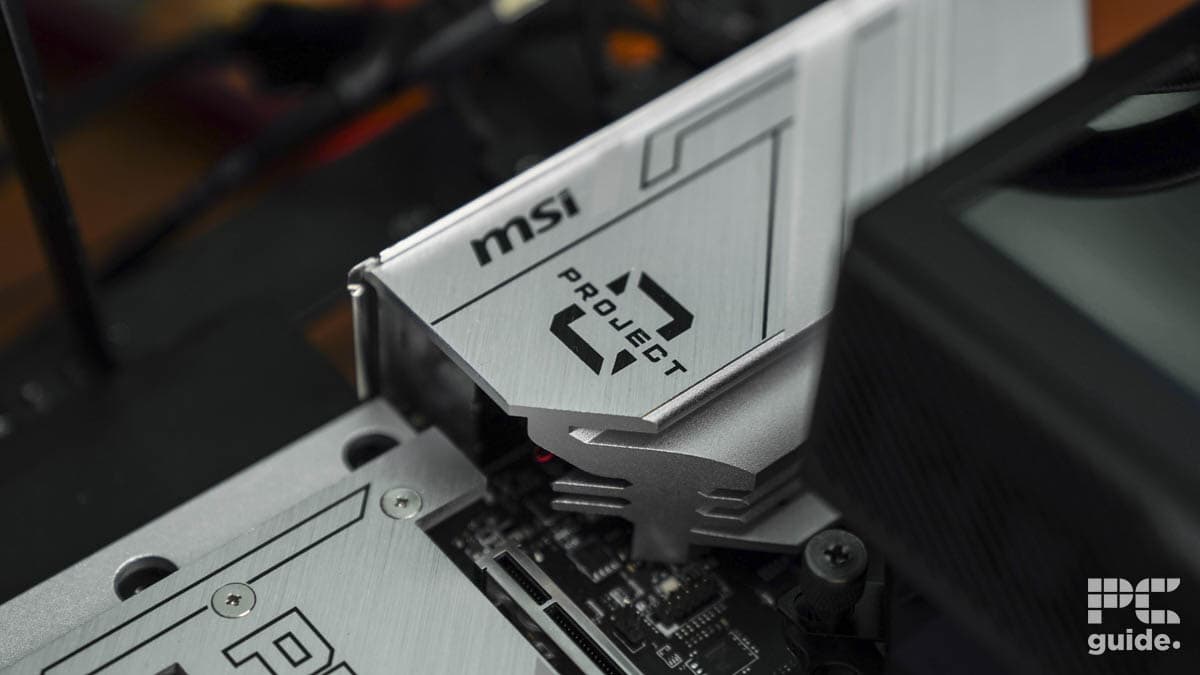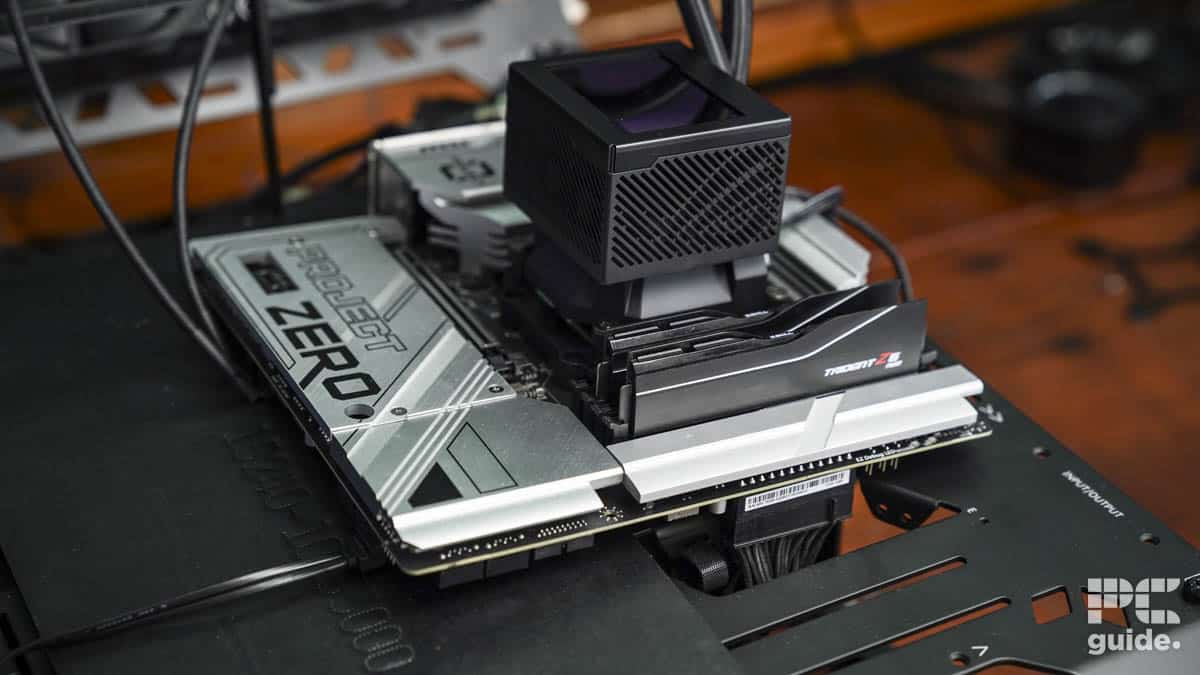Best motherboards for Ryzen 7 9800X3D – our best picks tried and tested

Table of Contents
While all the attention in a new PC is on the CPU and the GPU, the motherboard is a vital component that can impact your system’s professional and gaming performance. For example, a high-end board will have better cooling solutions, VRMs, and support for overclocking, while a budget board will lack such options.
That said, given its processing power, the Ryzen 7 9800X3D supports overclocking and can be easily paired with flagship GPUs. So, a solid motherboard would be required to bring out and support its full potential. Given that we gave it a top score in our 9800X3D review, we want to make sure it can reach its full potential.
We've selected a handful of reviewed motherboard options based on their price, features, chipset, and the performance they showcased during our in-house testing. This allows us to gauge their real-world performance and only recommend the best options. For the top selection, we have the ASUS ROG Strix X870E-E Gaming WiFi, ASUS ROG Crosshair X670E Hero, ASRock X870 Steel Legend, and a few other options to choose from. Here’s more of them.
Prime Day is finally here! Find all the biggest tech and PC deals below.
- Sapphire 11348-03-20G Pulse AMD Radeon™ RX 9070 XT Was $779 Now $739
- AMD Ryzen 7 7800X3D 8-Core, 16-Thread Desktop Processor Was $449 Now $341
- ASUS RTX™ 5060 OC Edition Graphics Card Was $379 Now $339
- LG 77-Inch Class OLED evo AI 4K C5 Series Smart TV Was $3,696 Now $2,796
- Intel® Core™ i7-14700K New Gaming Desktop Was $320.99 Now $274
- Lexar 2TB NM1090 w/HeatSink SSD PCIe Gen5x4 NVMe M.2 Was $281.97 Now $214.98
- Apple Watch Series 10 GPS + Cellular 42mm case Smartwatch Was $499.99 Now $379.99
- ASUS ROG Strix G16 (2025) 16" FHD, RTX 5060 gaming laptop Was $1,499.99 Now $1,274.99
- Apple iPad mini (A17 Pro): Apple Intelligence Was $499.99 Now $379.99
*Prices and savings subject to change. Click through to get the current prices.
Products at a glance
-
Best motherboard for Ryzen 7 9800X3D
ASUS ROG Strix X870E-E Gaming WiFi
- Socket: AM5 (LGA 1718)
- Chipset: X870E
- Form Factor: ATX
- PCIe Version: Gen 5 NVMe & Gen 5 GPU
- Memory Speed: 8000+MT/s (OC)
- Memory Capacity: 192GB DDR5
-
Best runner up motherboard for Ryzen 7 9800X3D
ASUS ROG Crosshair X670E Hero
- Socket: AM5 (LGA 1718)
- Chipset: X670E
- Form Factor : ATX
- PCIe Version : PCIe Gen 5 Storage – PCIe Gen 5 GPU
- Memory speed : 6400MHz + OC
- Memory capacity : 128GB (4 x 32GB)
-
Best mid-range motherboard for Ryzen 7 9800X3D
ASRock X870 Steel Legend
- Socket: AM5 (LGA 1718)
- Chipset: X870
- Form factor: ATX, 305x244mm
- PCIe version: Gen 5 PCIe and Gen 5 NVMe
- Memory speed: Up to 8000+(OC)
- Memory capacity: 256GB DDR5
-
Best budget motherboard for Ryzen 7 9800X3D
ASUS PRIME X870-P WiFi
- Socket: AM5 (LGA 1718)
- Chipset: X870
- Form Factor: ATX
- PCIe Version: PCIe Gen 5 Storage – PCIe Gen 5 GPU
- Memory Speed: 8000+MT/s (OC)
- Memory Capacity: 192GB DDR5
-
Best previous-gen budget motherboard for Ryzen 7 9800X3D
MSI B650M PROJECT ZERO
- Socket: AM5 (LGA1718)
- Chipset: B650
- Form Factor : Micro-ATX
- PCIe Version : PCIe Gen 4
- Memory speed : 6400MHz + OC
- Memory capacity : 128GB (4 x 32GB)
Our top picks
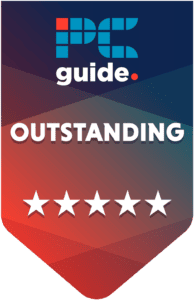
- Socket: AM5 (LGA 1718)
- Chipset: X870E
- Form Factor: ATX
- PCIe Version: Gen 5 NVMe & Gen 5 GPU
- Memory Speed: 8000+MT/s (OC)
- Memory Capacity: 192GB DDR5
- Great memory overclock reaching fast transfer speeds
- Improved looks with more sloped edges on heatsinks compared to previous sharpness
- Provides plenty of power to the processor and lets it run at its full potential
- A more premium option with features unnecessary for most
- Does take a long time to memory train for quick boots
The ASUS ROG Strix X870E-E gaming WiFi is an enthusiast-level board with a high-end chipset, meaning it has top-notch features, which should be great for the Ryzen 7 9800X3D. We've also reviewed this motherboard, and it showcased excellent performance and temperatures in several tests.
For starters, this is an ATX motherboard measuring 12 inches x 9.6 inches (30.5 cm x 24.4 cm), so ensure your PC case has enough space to accommodate it. It also has a maximum memory capacity of 192GB of DDR5 RAM, which can run at a maximum memory speed of 8000+ MT/s (OC).
This means that you can rest easy knowing that you will most likely never run into system memory issues, regardless of the task. This board also has four RAM slots, meaning you can ramp up the system memory as much as you want. While 192GB of RAM is definitely overkill, it is nice to know that there is a significant overhead for upgrades.
This board also supports WiFi 7, the latest WiFi standard. This means you should be able to stream, game, and work without running into congestion or lag as long as you have a WiFi 7 router like the NETGEAR Nighthawk RS700S, which we've reviewed.
The ROG Strix X870E-E Gaming WiFi gives you some of the best specs available for the motherboard making it all the pleasure to use and get the most out of the rest of the hardware.
PC Guide
It also features PCIe 5.0 slots for the GPU and storage devices, meaning you can mount PCIe 5.0 NVMe SSDs for superfast load and boot times and efficient performance. That said, while there aren't any PCIe 5.0 GPUs right now, PCIe 4.0 GPUs can unleash their full potential with a Gen 5 slot, meaning better in-game performance.
We tested this motherboard by pairing it with an RTX 4070 Ti Super and the Ryzen 9 9950X. This setup managed 234 FPS in Cyberpunk 2077 and 39,932 and 21,815 multi-core scores on Cinebench and Geekbench, respectively.
While running Cyberpunk 2077, the maximum power draw was 139.467W, and the motherboard and CPU reached maximum temperatures of 37°C and 80.3°C, respectively. The maximum power draw we noticed overall was when we fired up Cinebench 2024, which was 197.997W, with the motherboard and processor still at a cool temperature of 37°C and 75°C, respectively.
Overall, this is one of the best motherboards for the Ryzen 7 9800X3D. Any AM5 CPU paired with this board will produce low temperatures and excellent performance, which should make it great for a powerful gaming rig.

- Socket: AM5 (LGA 1718)
- Chipset: X670E
- Form Factor : ATX
- PCIe Version : PCIe Gen 5 Storage – PCIe Gen 5 GPU
- Memory speed : 6400MHz + OC
- Memory capacity : 128GB (4 x 32GB)
- High memory speed and capacity
- Extensive overclocking support
- Robust power stages
- If you don't have high-end hardware, this may be a waste
- Very gamer focused – If you don't like that kind of thing
- Armory crate – everyone who uses it, dislikes it
If you’re looking for a strong alternative to the ASUS ROG Strix X870E-E Gaming WiFi motherboard, we recommend checking out the ASUS ROG Crosshair X670E Hero. This is a previous-generation motherboard, but it has all the right hardware to support high-end Ryzen 7000 and 9000 processors, including the Ryzen 7 9800X3D. In our ROG Crosshair X670E review, it has excellent efficiency, temperature, and performance.
This motherboard features PCIe support for the GPU and storage devices. This means that you can install some of the best Gen 5 SSDs and experience fast boot and load times, which should also improve the overall performance and efficiency of your system. In addition, it has an 18+2 power delivery system, meaning the voltage is regulated in two stages and multiple phases before reaching the processor.
This is great as processors love a clean and stable power supply, which is important if you want to overclock your CPU. That being said, the X3D processors couldn’t be overclocked, but the 9800X3D changed that, and you can unleash its true potential by overclocking it with this motherboard. However, keep in mind that you’ll need to invest in a robust CPU cooler to keep it from thermal throttling. So, we recommend using the best CPU cooler for 9800X3D for the best results.
This motherboard is perfect for those who do not want to be held back when it comes to features or technology. This is one of the best offerings on the X670E chipset, and if you can afford it, it will serve you very well for years to come.
PC Guide
A neat aspect of this motherboard is that it has a backplate to protect against shorts, but it adds more weight, which honestly does give it a very robust feeling. Besides that, there are plenty of thermal pads over connections, such as M.2, to keep the drives running optimally.
To test its performance and efficiency, we mounted the Ryzen 9 7900X on top of it. We ran a couple of benchmarking software, and the maximum package power was 171.67W while running Blender Monster. During that time, the amount of power lost that we recorded was 4.27W. However, this isn’t much, and the 7900X was able to reach its maximum TDP, which is even a bit beyond that.
So, it isn’t limiting it in any way, and we can expect the same performance from the 9800X3D, meaning with this motherboard, you should get excellent gaming and productive performance. The only downside to this mainboard is that it costs more than the new chipset, so we recommend getting it during a sale.

- Socket: AM5 (LGA 1718)
- Chipset: X870
- Form factor: ATX, 305x244mm
- PCIe version: Gen 5 PCIe and Gen 5 NVMe
- Memory speed: Up to 8000+(OC)
- Memory capacity: 256GB DDR5
- A more reasonable X870 offering
- Lots of USB ports, including fast USB 4
- Latest spec PCIe and wireless generation spec
- Clean and simple white design
- Lacks a debug code display
- No EZ PCIe latch
- LEDs are not diffused on the bottom so quite harsh when viewed at an angle
If you want to experience what the Ryzen 7 9800X3D is capable of but don’t want to spend a huge amount of money on a motherboard with a high-end chipset, we recommend you check out the ASRock X870 Steel Legend. This is an excellent mid-range AM5 motherboard that should provide excellent value and performance, serving as the foundation of your 9800X3D gaming PC.
In our ASRock X870 Steel Legend review, we gave it a 4.5/5 rating due to its stellar performance, but we’ll showcase its performance benchmarks so you can judge that. We paired it with the RTX 3090 and the Ryzen 7 7800X3D and ran our standard suite of gaming and benchmarking software, some of which include Cyberpunk 2077, Cinebench R32, CPU-Z, Blender, and more.
We’ll start off with Cyberpunk 2077, as that is a graphically demanding title, and these components paired with this motherboard managed to deliver 226 FPS with an average PPT of 66.9W and a maximum temperature of 42°C. The 7800X3D has a 120W TDP, so hitting above 60W during gaming is decent and means that the 14+2+1 power delivery design did well not to limit it and provided enough power to help perform its best.
he ASRock X870 Steel Legend is a great value pick, at least in the X870 range. It still provides a wide range of features and opportunities to get the most out of your hardware, and with next-generation connectivity for wireless and PCIe, it is a future-proof choice, even if it's a minimal showing.
PCGuide
This was further showcased during the synthetic testing. In Blender Monster, we got 114.3 points with a power draw of 75W and despite pulling in more power, the maximum temperature hit 29.5°C, which is very cool, meaning the on-board cooling solutions did a great job.
For comparison, the MSI X870E MEG Godlike managed 116.48 points in the same test with a 73W power draw and 40°C maximum temperature. So, not only did it consume less power, but its max temperature was significantly higher. Even though 40°C isn’t an issue, what puts this board on the back foot is that it costs $1,099, while the X870 Steel Legend costs less than $260.
So, comparing their prices and performance, the ASRock X870 Steel Legend is a much better motherboard with exceptional value, as the X870E Godlike only has a couple of points more, but its eye-watering prices just don’t make sense. That being said, the 9800X3D should also deliver better performance than the 7800X3D with this board, as it has a new architecture and can be overclocked.

- Socket: AM5 (LGA 1718)
- Chipset: X870
- Form Factor: ATX
- PCIe Version: PCIe Gen 5 Storage – PCIe Gen 5 GPU
- Memory Speed: 8000+MT/s (OC)
- Memory Capacity: 192GB DDR5
- Great support for fast RAM and PCIe addons
- Plenty of IO and PCIe connectivity
- Simple yet effective design
- No heatsinks for the bottom two NVMe slots
- Lacks error display for troubleshooting
- No easy clear CMOS
If you're not planning on building a high-end gaming rig with the Ryzen 7 9800X3D, we recommend the X870-P WiFi. This board has a high-end chipset but costs significantly less than the ASUS ROG Strix X870E-E. When we tested and reviewed this board in-house for our ASUS Prime X870-P WiFi review, it showcased great efficiency, temperatures, and performance.
To begin with, this board measures 12 inches x 9.6 inches (30.5 cm x 24.4 cm), meaning it is an ATX mainboard and comes with plenty of connectivity, storage, and expansion slots. Like our top pick, it also has a maximum memory capacity and speed of 192GB and 8000+ MT/s (OC), respectively. It has four RAM slots, and you don't have to use the maximum memory capacity from the get-go, but whenever you feel like your system could benefit from a boost in efficiency and performance, you can install more DDR5 RAM and take it to the next level.
This motherboard has a 14+2+1 power design, meaning the power goes through three stages and multiple filters before reaching the CPU. This is great if you plan on overclocking the CPU, as more power stages mean cleaner and more stable energy.
The Prime X870-P is a nice cutback option from the ASUS lineup. Complimenting the Ryzen 9000 series nicely, even if it's a month or so after its release, it does give a good platform for any AM5 processor.
PC Guide
In addition, it has PCIe 5 slots for one Gen 5 NVMe SSD and the graphics card. Given how fast Gen 5 SSDs are, this means that you can experience top-notch performance in gaming and other tasks. We used the same test bench as before to assess its efficiency, temperature, and gaming performance.
In Cyberpunk 2077, we saw an average FPS of 220, while the multicore scores in Cinebench R23 and Geekbench 6 were 38,856 and 21,166, respectively. It drew 128.309W of power while running Cyberpunk 2077, while the CPU and motherboard temperatures were 66.7°C and 34°C, respectively.
However, the maximum power draw we saw was when we ran Cinebench 2024. It drew 188.457W, and even then, the motherboard reached 35°C while the CPU reached 71.7°C. So, while the CPU doesn't get as much power as the ASUS ROG Strix X870E-E, it still delivered pretty good gaming performance and remained cool throughout our testing.

- Socket: AM5 (LGA1718)
- Chipset: B650
- Form Factor : Micro-ATX
- PCIe Version : PCIe Gen 4
- Memory speed : 6400MHz + OC
- Memory capacity : 128GB (4 x 32GB)
- Good value for money
- Thermal armour keeps VRMs cool
- All connections on the back for a good wireless look
- Difficult to install if your case doesn't accommodate for the rear connections
- Slight performance loss vs X670E
- Micro-ATX, so only 1 PCIe slot
We recommend the MSI B650 M Project Zero for those looking for a budget motherboard to pair with the 9800X3D. When we tested and reviewed the MSI B650M Project Zero, it showcased good efficiency and performance.
This is a Micro ATX motherboard, meaning it measures 243.84mm x 243.84mm and can comfortably fit inside an ATX case. It would make for a good option if you're going for a low-profile build. If you're interested in exploring some options, check out our best micro ATX case guide for the top picks.
Despite being an M-ATX board, it has a maximum memory capacity of 128GB DDR5 RAM running at a maximum speed of 7600+(OC). This is possible since there are four RAM slots, which is great to see on a smaller board.
That said, its budget nature is evident in the PCIe version. It has one PCIe 5.0 x16 slot for the GPU, but for storage devices, it has two PCIe 4.0 x4 M.2 slots. However, that doesn't mean that your system with this motherboard would suffer from lag or slow load times, and a good NVMe SSD should work perfectly fine in gaming and other tasks.
This motherboard is quirky, but perfect if your a user that just needs an AM5 motherboard to get things done. It even features most of the connectivity on the back, for a clean, wireless aesthetic. If that's your thing.
PC Guide
This board has a 10+2+1 power delivery system. While there are triple layers, the phases are fewer compared to other options, but we need to keep in mind the price range at which it comes. That said, this should be enough to get the job, and it might not be the best board to overclock the 9800X3D.
To test this motherboard, we used the Ryzen 9 7900X, which we've reviewed. This CPU has a TDP of 170W, and during testing, we ran Cinebench R23 and saw the CPU drawing 177.67W. So, this board wasn't limited to the CPU in any way; however, we did notice a power loss of 4.37W, which isn't uncommon, as no system is 100% efficient.
In addition, the maximum VRM and motherboard temperatures we recorded were 54°C and 53.5°C, respectively. This is perfectly normal, but you should experience a better temperature with a proper case, as our test was conducted on an open test bench.
Overall, this is a pretty good pocket-friendly motherboard with a mid-range chipset, which should be able to accommodate the Ryzen 7 9800X3D easily. However, if you were planning on pushing the 9800X3D to its utmost limit, this board might not be the best option for you.
Why you can trust us
Here at PC Guide, we have a long history of testing and reviewing motherboards, and every option we recommend has been put through its paces in our testing lab. We focus on evaluating all the positive and negative aspects to provide our readers with a complete picture.
This is essential as what matters while choosing a motherboard is the performance, connectivity, efficiency, build quality, and aesthetics, and that is exactly what we base our testing and scoring on. Besides that, we believe in keeping it 100% transparent, and our testing and review process is free of bias or any influence from manufacturers.
So, what you see us recommending made it to the list based on its performance and performance alone and we would want that standard and quality for ourselves as well.
How to choose the best motherboard for 9800X3D
Selecting a motherboard isn't just about picking the option with the most amount of bells and whistles, as those options can cost an arm and a leg. On top of that, depending on your processor, you might not even need all the features it is offering.
Compatibility
The first aspect you need to consider is the compatibility between the Ryzen 7 9800X3D and the motherboard. The 9800X3D is built on the AM5 platform, meaning it'll need an AM5 motherboard with an AM5 or LGA 1718 socket.
This processor isn't compatible with the AM4 platform, so if you have an AM4 motherboard, you'll have to invest in a new motherboard and DDR5 RAM, as the new platform isn't compatible with DDR4 RAM.
Budget
Your budget is the most important aspect to consider when purchasing a new motherboard. You will find various options, from enthusiast-level boards to budget options, but it is best to filter them based on your budget. This will give you a list of options that offer the best balance between performance and value.
However, depending on the level of performance you want, your options might be limited. For example, a motherboard with an X870E chipset will cost more and have more VRMs, meaning more clean and stable energy will be provided to the CPU, resulting in a higher output. On the other hand, a B850 board like the MSI MAG B850 TOMAHAWK MAX WIFI would have a lower thermal output but at the cost of comparatively lower performance, as the CPU won’t be getting as much power as it would with a high-end chipset.
According to Camelcamelcamel, you can get a compatible mainboard for $219 on Amazon, like the MSI B850 Gaming Plus WiFi Motherboard. However, you also have the option to go back a generation to the 600 series motherboard, which is compatible with Ryzen 7000 and 9000 processors. A high-end 600 series processor with an X670E chipset can cost you even less, and you’ll still get pretty good performance.
That being said, the X670E motherboards were released with eye-watering prices that reached $1,300. However, we can see now that even high-end boards cost less than what the mid-range motherboards on the 800-series cost. Comparatively, the X870 and X870E boards don’t cost a lot, and for the perfect balance of performance and value, you can always go for an X670 or X670E motherboard, which is compatible with the 9800X3D.
PCIe version
The Ryzen 7 9800X3D is a powerful gaming processor that can be paired with high-end GPUs without running into compatibility issues. So, if you want the best gaming performance, ensure that the motherboard you opt for has a PCIe 5.0 slot for the graphics card and storage. This is important if you plan on getting your hands on an RTX 50-series GPU, as they have PCIe 5.0 connectivity.
This will ensure that the GPU has access to all 16 lanes for processing, delivering better in-game performance than if you mount it on an 8x or PCIe 4.0 slot. If you're wondering about the difference between PCIe 5.0 and 4.0, we've got you covered. That being said, while PCIe 6 is available, it hasn’t been introduced in the consumer market, but it boasts 64 GT/s data speed per lane, while PCIe 5 pales in comparison with its 32 GT/s max speed.
However, I think it’ll be some time before we see PCIe 6.0 being integrated into motherboards and an even longer time to see PCIe 6.0 GPUs, as the first PCIe 5.0 GPUs were just released. Still, with the emphasis on interconnection bandwidth, Gen 6 SSDs might come a bit sooner, but nothing is confirmed, and this is pure speculation, but how much performance increment that will bring is certainly exciting.
FAQs
What motherboards support the Ryzen 7 9800X3D?
Currently, any of the AM5 motherboards support the processor; it just needs to be the right socket for compatibility and actually fitting the processor onto it. As it stands, any of them will suit the 9800X3D and give it a good home, but each has a variety of specs and features that come with the specific chipsets.
In the AM5 selection, you can choose from nine chipsets. These include the X870E, X870, B850, B840, X670E, X670, B650E, B650, and A620, giving you plenty of options when picking out your motherboard for the 9800X3D. As mentioned, though, they do have different capabilities and performances to support the CPU, so it might be good to see what each has to offer.
The higher-tier chipsets offer different numbers of PCIe 5 lanes and storage. They also bring overclock potential to the processor and various other connectivity options that might make it quicker and better for the CPU.
Do I need a BIOS update for Ryzen 7 9800X3D?
You’re unlikely to need a BIOS update to get going with the 9800X3D; it should be a simple plug-and-play if you’re installing it fresh into the motherboard. If not, a simple CMOS clear might get the job done as well. However, it might also be in your best interest to do so, as there might be some benefits to doing it either way.
Updating your BIOS can improve stability, introduce AGESA updates, and ensure the CPU is running at its best, including providing security patches. So, although you won’t need it for the 9800X3D to work, it could be useful to do so, especially as some of the older motherboards made before the release of the processor might lack the right updates.
Is X870 better than X670?
Yes, the X870 chipset is an upgrade from the X670 one. As AMD outlines in its chipset guideline, there are plenty of differences between the options and even more when you look at the E options as well. Primarily, the X870 chipset offers a PCIe 5 generation in both variations, with storage also enjoying it.
However, X670 seems to have more PCIe lanes and faster superspeeds, as AMD locks those behind the X870E instead of the X870 also enjoying these features. So, unless you need the PCIe 5 x16, you might be better off looking back to the older gen chipset.
Final word
In 2025, one of the best motherboards you can get for the Ryzen 7 9800X3D is the ASUS ROG Strix X870E-E Gaming WiFi. This is a high-end mainboard and comes with all the bells and whistles you’ll need to put together a powerful rig for gaming or work. It has excellent features such as WiFi 7, a robust 18+2+2 up to 110A per stage VRM, and plenty more that will keep the 9800X3D at its best, delivering a smooth and stable output.













